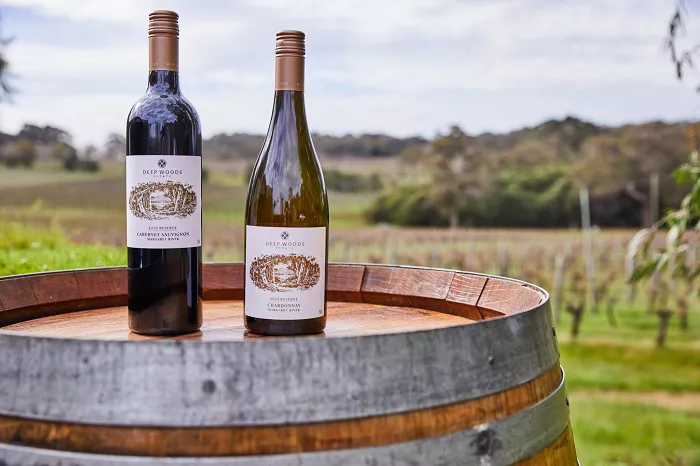German winemakers are increasingly turning to grape varieties typically associated with warmer southern regions of Europe, as they adapt their vineyards to changing climate conditions. In 2024, wine producers planted more Chardonnay, Sauvignon Blanc, and Merlot, responding to warmer growing seasons brought on by climate change.
According to the German Wine Institute (DWI), Chardonnay cultivation surged by 138 hectares (ha) in 2024, reflecting a growing trend toward southern varieties. This increase comes as German growers reduce the area devoted to Müller-Thurgau, once the country’s most widespread white wine variety. Statistics from Destatis, Germany’s federal statistics office, show a decline of 2.1% in Müller-Thurgau vineyard area, dropping to 10,511 ha.
The shift in grape varieties is driven by the rising average temperatures in Germany, which have increased by approximately 2°C since the 1970s. These warmer conditions allow previously difficult-to-ripen French grape varieties, such as Chardonnay and Sauvignon Blanc, to thrive. Additionally, German producers are planting new, disease-resistant varieties that can better withstand warm and humid environments, promoting healthier crops in the face of climate challenges.
Chardonnay, in particular, has seen notable growth, with its cultivation area expanding by 4.7% to reach 3,050 ha in 2024, nearly double the amount from a decade ago. Similarly, Sauvignon Blanc’s area has more than doubled in the last ten years, reaching 2,054 ha. These varieties are now becoming more commonplace in Germany, which has traditionally focused on indigenous varieties like Riesling.
On the red wine front, Merlot has emerged as a growing variety, with its vineyard area rising by 3.2% to 96 ha. However, the overall red wine sector has experienced a decline, with the area dedicated to red wines falling 1.4% to 31,872 ha. This drop reflects a broader trend toward white wine, which now accounts for 69% of the country’s total vineyard area, up from 63% in 2006.
DWI Managing Director Monika Reule commented on the shift, noting that the increase in robust, southern varieties reflects German winegrowers’ ability to adapt to climate change and meet evolving consumer preferences.
Despite the increased planting of certain varieties, Germany’s overall wine production decreased by 9.8% in 2024, totaling 7.75 million hectoliters—its third-lowest output in 15 years. This decline was attributed to a series of extreme weather events, including spring rains, mildew, late frosts, and hailstorms, which negatively impacted the harvest.
The overall vineyard area in Germany decreased slightly by 0.4%, totaling 103,295 ha. White wine grape varieties now dominate, reflecting broader shifts in consumer demand and climate adaptation.
You Might Be Interested In:


